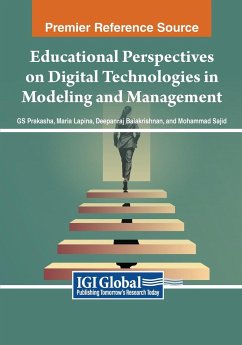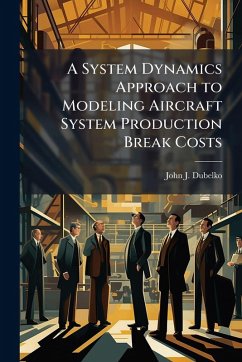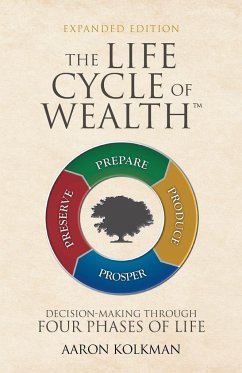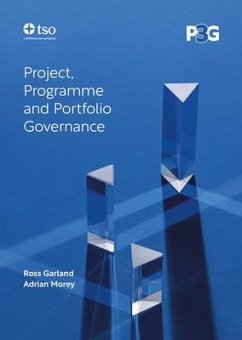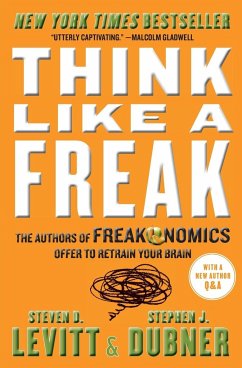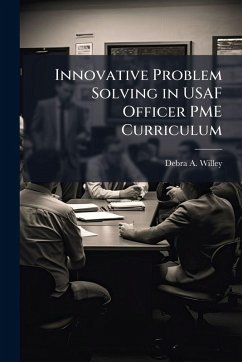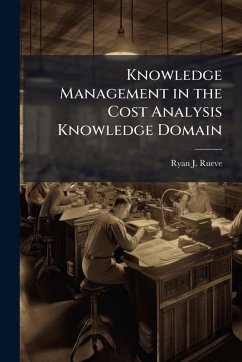
Portfolio Selection of Innovative Technologies via Life Cycle Cost Modeling
Versandkostenfrei!
Versandfertig in über 4 Wochen
17,99 €
inkl. MwSt.
Weitere Ausgaben:

PAYBACK Punkte
9 °P sammeln!
High technology firms are faced with the dilemma of deciding which products to develop, which generations of technology to pass over, and which products to skip entirely. As competition among these firms increases and the life cycles of technological products shorten, there exists a great deal of pressure to bring products rapidly to the market. As a result, recouping the costs of research and development (R and D) and earning a profit becomes increasingly uncertain. Traditional life cycle cost models do not directly address shortened life cycles, time to market, or learning curve issues; all ...
High technology firms are faced with the dilemma of deciding which products to develop, which generations of technology to pass over, and which products to skip entirely. As competition among these firms increases and the life cycles of technological products shorten, there exists a great deal of pressure to bring products rapidly to the market. As a result, recouping the costs of research and development (R and D) and earning a profit becomes increasingly uncertain. Traditional life cycle cost models do not directly address shortened life cycles, time to market, or learning curve issues; all are critical factors in the development of high technology products. This thesis allows the investigation of cost estimates involved in the R and D of high technology products. Cost estimations include time to market and learning curve effects. Simulation is used to provide cost and revenue estimates that may then be used to calculate a distribution of potential net present values (NPVs) of a product. Measures of financial risk are also generated. Using the generated expected value and variance of the NPV of each product under consideration, a linear program is built to select the optimal portfolio of products to develop. The method is demonstrated with an illustrative example. This work has been selected by scholars as being culturally important, and is part of the knowledge base of civilization as we know it. This work was reproduced from the original artifact, and remains as true to the original work as possible. Therefore, you will see the original copyright references, library stamps (as most of these works have been housed in our most important libraries around the world), and other notations in the work. This work is in the public domain in the United States of America, and possibly other nations. Within the United States, you may freely copy and distribute this work, as no entity (individual or corporate) has a copyright on the body of the work. As a reproduction of a historical artifact, this work may contain missing or blurred pages, poor pictures, errant marks, etc. Scholars believe, and we concur, that this work is important enough to be preserved, reproduced, and made generally available to the public. We appreciate your support of the preservation process, and thank you for being an important part of keeping this knowledge alive and relevant.



